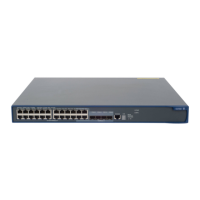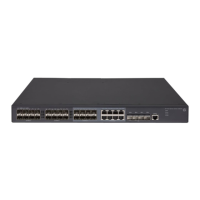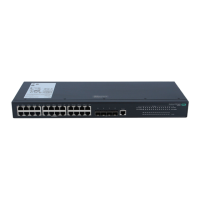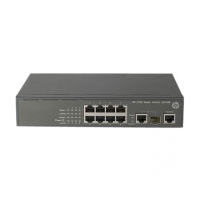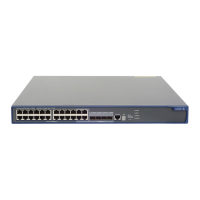340
Tasks at a
lance
(Optional.) Tuning and optimizing OSPFv3 networks:
• Configuring OSPFv3 timers
• Specifying LSA transmission delay
• Configuring a DR priority for an interface
• Specifying SPF calculation interval
• Specifying the LSA generation interval
• Ignoring MTU check for DD packets
• Disabling interfaces from receiving and sending OSPFv3 packets
• Enabling the logging of neighbor state changes
(Optional.) Configuring OSPFv3 GR:
• Configuring GR restarter
• Configuring GR helper
(Optional.) Configuring BFD for OSPFv3
(Optional.) Applying an IPsec profile
Enabling OSPFv3
Before you enable OSPFv3, configure IPv6 addresses for interfaces to ensure IPv6 connectivity between
neighboring nodes.
To enable an OSPFv3 process on a router:
• Enable the OSPFv3 process globally.
• Assign the OSPFv3 process a router ID.
• Enable the OSPFv3 process on related interfaces.
The router ID uniquely identifies the router within an AS. If a router runs multiple OSPFv3 processes, you
must specify a unique router ID for each process.
An OSPFv3 process ID has only local significance. Process 1 on a router can exchange packets with
process 2 on another router.
To enable OSPFv3:
Ste
Command
Remarks
1. Enter system view.
system-view N/A
2. Enable an OSPFv3 process
and enter its view.
ospfv3 [ process-id | vpn-instance
vpn-instance-name ] *
By default, no OSPFv3 process is
enabled.
3. Specify a router ID.
router-id router-id
By default, no router ID is
configured.
4. Enter interface view.
interface interface-type
interface-number
N/A
5. Enable an OSPFv3 process on
the interface.
ospfv3 process-id area area-id
[ instance instance-id ]
No OSPFv3 process is enabled on
an interface by default.
